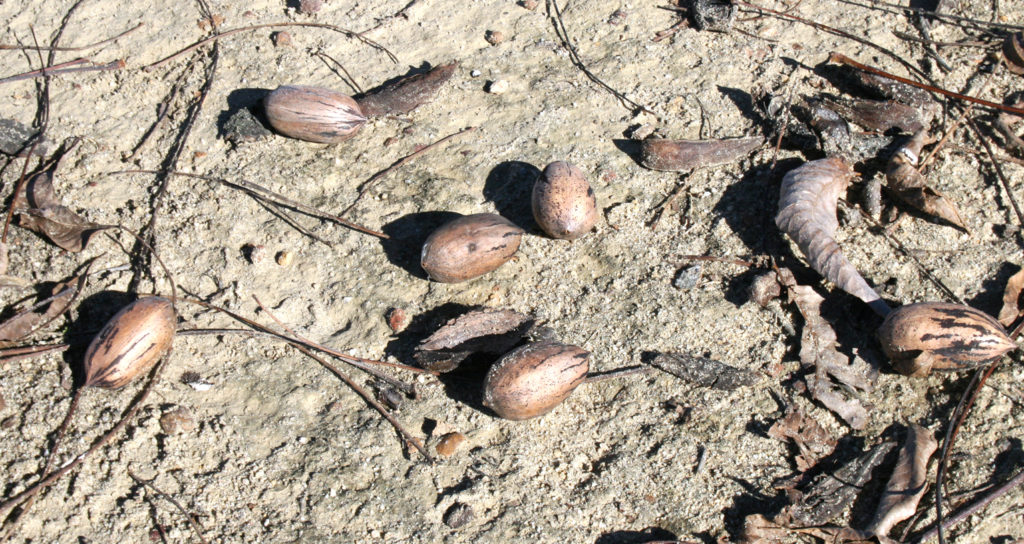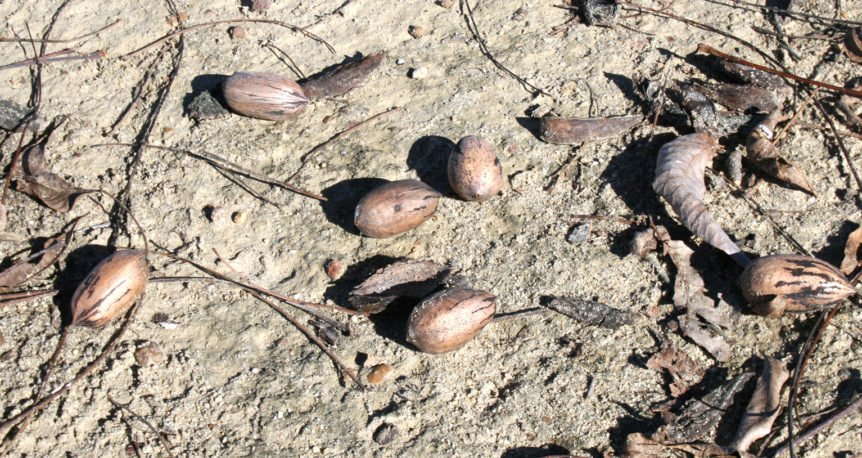
By Clint Thompson
Pecan producers need to either decrease their costs of production or increase their yields to improve their sustainability.
University of Georgia (UGA) Cooperative Extension pecan specialist Lenny Wells believes the best option for producers, especially in the short term, is to reduce costs.
“We can increase yields, but that’s going to require having the varieties that have the yield potential to get there. Some orchards don’t have that right now, and it’s going to take a while to get there,” Wells said. “That leaves, in the short term, reducing costs.”
Reduce to $1,200 per acre
Wells encourages growers to reduce costs to about $1,200 per acre, though that will be more feasible with some varieties compared to others.
“That’s what I would like to see us target to get down to. Some varieties, like with Desirable, you’re probably not going to be able to do that. You’re going to have to spray 10 to 12 times most years to make Desirable,” Wells said.
It is one thing to want to reduce costs. It’s another to be able to do it. One option centers on fertilizer applications.
“Fertilizer makes up about 10% of the variable cost of production. We need nitrogen every year, that’s no secret. The way we apply that and the material that we use to fertilize with can have some bearing on the cost,” Wells said. “We do recommend splitting the applications, so if you have an off year and you split that application to put three-fourths of it out in the spring, by the time you would need to fertilize again and you can tell if you have an off year or not, then you can just forego the later applications so you don’t have to put out as much.
“If you’re injecting fertilizer through the irrigation system, that often is cheaper than doing a broadcast application. If you’re going to broadcast it, we’ve done studies that show, whether you’re looking at urea, ammonium nitrate or ammonium sulfate, the tree really has no preference. It performs equally well with any of those. I would just go with whichever is the lowest cost.”
Growers need phosphorous, potassium, zinc and lime, but do they really need to apply every year? In some instances, they don’t, especially with phosphorous and zinc.
“Once you get those nutrients to the level they need to be in the soil, they don’t change. They will be at those levels for years,” Wells said.










